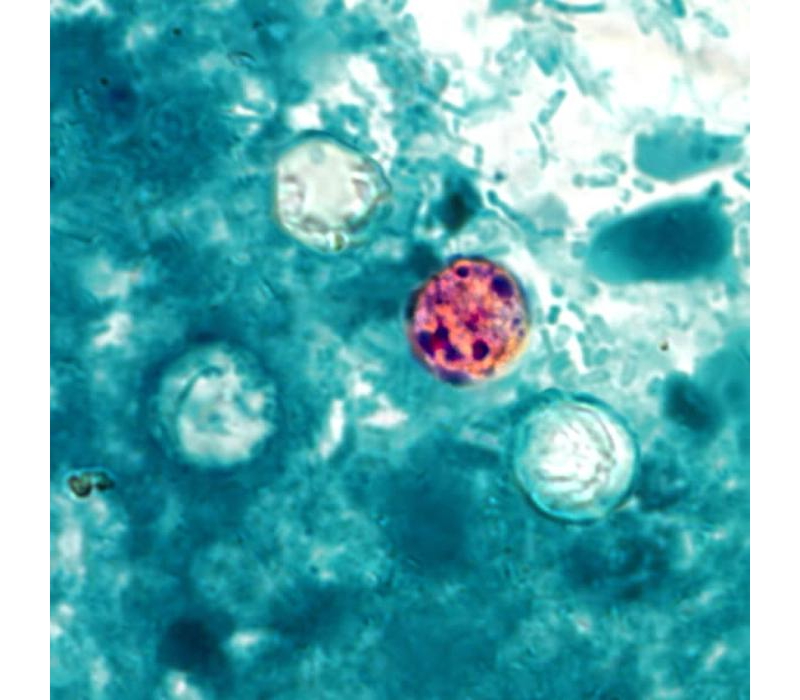The parasite that some Texans have come to hate is back. For the sixth consecutive year, Texas officials are reporting cases of cyclosporiasis, which is caused by cyclospora. State health officials are currently investigating 56 cases that have popped up across the state since May – 16 have come from Travis County alone. Cyclosporiasis has been linked to unwashed, uncooked vegetables. One year, Mexican cilantro was to blame.
Dr. William Schaffner teaches preventive medicine and infectious diseases at Vanderbilt University. He says that while cyclospora causes a nasty gastrointestinal infection, it isn’t spread from person-to-person. Mostly, it can be found on things like contaminated water and produce.
“It’s something that occurs, and the disease detectives have to figure out where it came from in order to prevent its further spread,” Schaffner says.
So far, investigators have yet to turn up any leads on the source of this year’s outbreak. The job becomes that much harder when cyclospora can spread from one surface to another, under the right conditions.
“If you have contaminated foodstuffs coming into a kitchen, whether it’s a personal kitchen or a restaurant kitchen, the environment can become contaminated,” Schaffner says. “It requires the parasite to be outside of the human body for a while to evolve or mature, and then it becomes infectious.”
Despite the possibility of cross-contamination, the overall chances of infection are slim. Schaffner says that in addition to maturation time, cross-contamination requires a large amount of the parasite to successfully infect anything or anybody from surface contact. But overall there isn’t much people can do, other than wash or cook their produce, and wait for health officials to find a cause.
“I think we have to rely on public health,” Schaffner says. “So, you count all the patients, and then we rely on our colleagues in public health to do the investigation to see if there is something common we ought to exclude and avoid so we don’t get sick.”
















